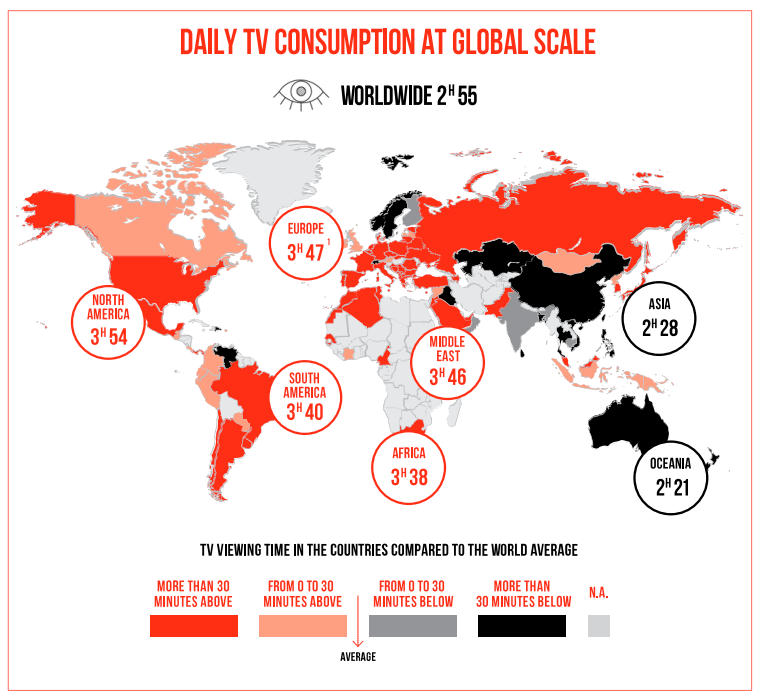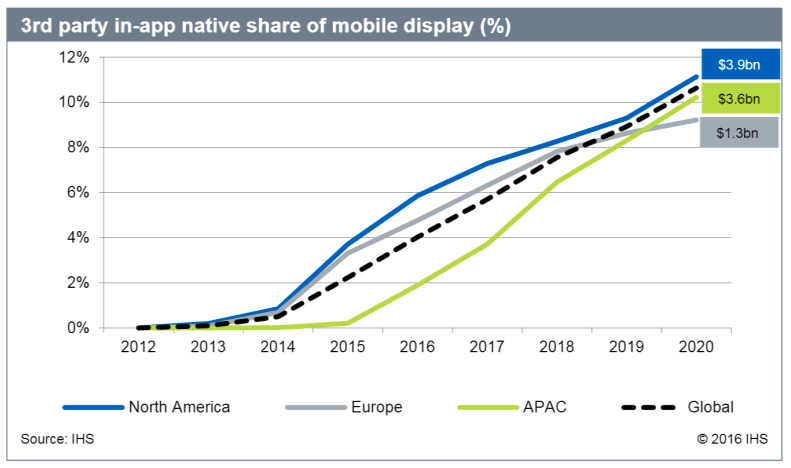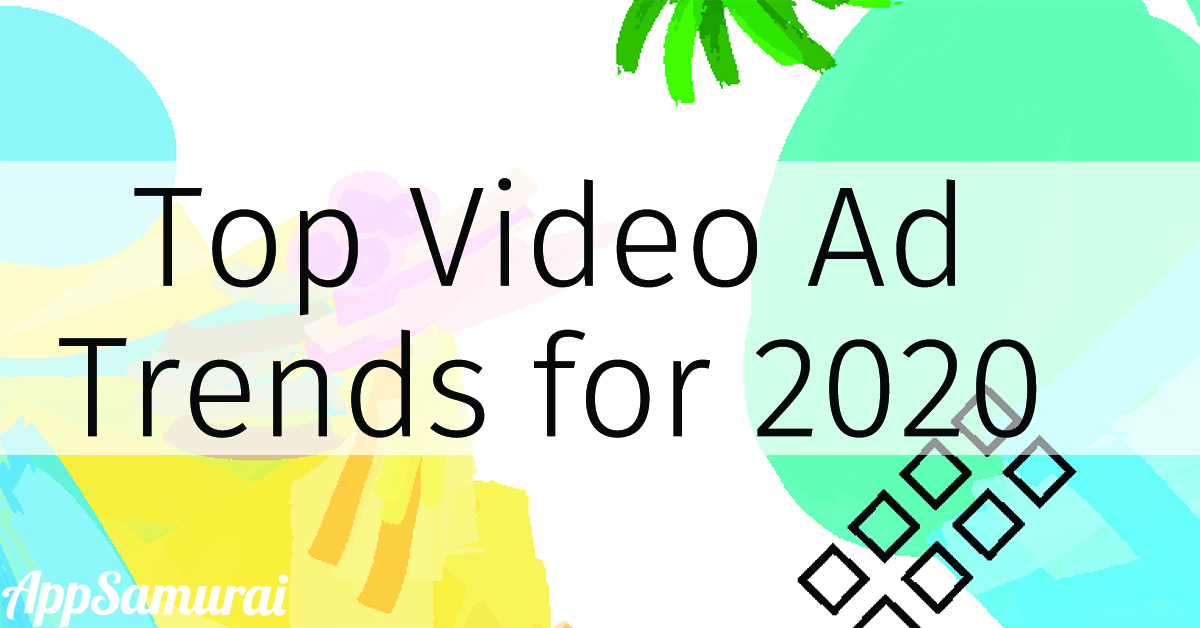Video-marketing dominated last year, and there is no reason to believe this will change in 2021. It is estimated that about 86% of marketers use video content for advertising, education, and entertainment. New formats and increased consumption are increasingly promoting video ads as an effective and attractive medium. To kickstart your 2021, and help you align your business goals with the ever-evolving marketing and advertising landscape, we take a look at some of the top trends that we think will dominate playable ads in 2021, for both iOS and Android.
In this article/
- Shorter video ads are better
- OTT advertising
- Go vertical
- There will be more stories
- User-generated content
- Facebook in-stream ads
- Increase in advertising costs
Table of Contents
Top 7 Trends for Android and iOS Playable Ad in 2021
1. Shorter video ads are better
The abundance of video content nowadays creates endless competition for advertisers. Consumers with the ability to see almost anything will only see the ad if it is relevant, relevant, and valuable. As a result, the time spent waiting for people to see ads has decreased in almost every medium. Similar trends direct brands to test short video ads designed to beat the Skip button and provide short rides.
Short bumper ads are a creative challenge for marketers who need to tell their brand story in less than 15 seconds. Formatting requires effective content that can create instant emotional reactions from the viewer. This way, creative video editing is essential, and easy-to-use converters like ClipChamp make editing easier than ever. Below are two examples of prominent brands used to create humorous, effective, short-term, and effective ads.
2. OTT Advertising

Overtop (OTT) is a term used to describe content providers who distribute media streams over the Internet. These services disrupt traditional television broadcasting and have bred a new generation of consumers to “chord-cutters” that are abandoning traditional media altogether. eMarketer estimated that cord-cutters will reach over 50 million by 2022. There are currently three models of video demand in the OTT industry.
Subscription VOD: Netflix, Hulu, HBOGo
Transactional VOD: iTunes, Amazon, Google Play
Ad-supported VOD: YouTube, Twitch, Vimeo
Marketing across these platforms offers the same benefits as traditional online advertising. Unlike traditional ads, OTT allows marketers to target ads, insert ads, and create sophisticated analytics for smaller, more personalized ads. This enables brands to display full-screen ads according to the full customs they watch in. Viewers watching this ad with an OTT streaming device cannot pause or install an ad. As a result, video completion rates are much higher for OTT ads than for browser video-ads.
A number of places to advertise via OTT are growing rapidly. Future repetition will make targeting data more efficient by combining data from other home devices. Not only will this technology increase the capabilities of your advertising campaigns, but it will also ensure that viewers see ads that really match their interests. In the coming years, OTT may become one of the most profitable channels available to modern advertisers.
3. Go Vertical
Smartphones are becoming popular everywhere. In 2018, mobile devices accounted for more than 52% of online traffic worldwide, and all video marketing data show steady growth. Breadnbeyond, found 94% of the time, mobile phone owners hold their devices vertically. Thus, it makes logical sense, to integrate your ads, into the functionality, and design that dominated the market – 94% of the time. Advertising is often an annoying disruption to people’s content consumption experience, why further increase that annoyance?
One report found that vertical video ads were completed 90% of the time, whilst horizontal video ads were only fully completed 14% of the time. Vertical stories are reportedly on the way to beat Facebook, and Instagram feeds news regarding user engagement. In addition, the emergence of marketable Instagram stories and IGTV vertical video platform provided a practical impetus to create this format. We can expect to continue using the first content publishing in 2019 and beyond.
4. There Will be More Stories.
Stories have long been the vehicle for human attention and Interaction, for centuries. This innate attraction continued into the modern age, with Instagram and Snapchat popularising the digital story. Whilst advertisers have caught on to this trend, and are now showcasing their advertisements in some story formats, on platforms, such as Instagram, we predict, more and more ‘ads’ will get the ‘story treatment’ in 2021.
We also think that in-app engagement can benefit from these ‘stories’ and thus we launched, Storyly, which seeks to maximize user engagement through the trending and innate human attraction towards stories. On our day of launch, we became number three on Product Hunt.
5. User-Generated Content
Even in the digital age, word of mouth marketing remains a valuable asset to brands. In a recent survey, 76% of consumers said they trust the content “ordinary” people share versus brands. This indicates the importance of taking advantage of user-generated content, or UGC, to build trust with your audience. UGC can be defined as images, videos, comments, social media posts, or any related content created by your trademark without compensation to “viewers.” Not only is a UGC more budget-conscious than other types of marketing, but it also shows 7 times higher posting than standard brand-generated content.
What makes UGC more attractive is the originality presented by the public. Today’s customers are no longer a fan of sales tactics. People want to deal with brands they love. The best way to build this relationship is through transparency and storytelling. Brands that find their way to their fans, not only do they market, they build a viable community that people are happy to be a part of. Our online experience has become more curated as consumers search for brand experiences tailored to their personal interests. Marketers who create or promote UGCs will develop a brand that people can interact with.
6. Facebook InStream Ads

Native in-stream ads are estimated to be responsible for 63.2 percent of estimated $53 billion mobile display ad traffic industry by 2020. In-stream ads allow advertisers to place 5 to 15 seconds of video directly on mobile devices in a live video and on-demand. These short, medium ads can be optimized for brand awareness, app installs, or a range of other campaign goals. This feature was very effective: 70% of the ads seen were watched to the end with sound on. In-stream ads cannot also be abandoned and have an average on-target rate of 89%. This made them a popular tool for taking advantage of an average of 8 billion daily video views on Facebook.
Another advantage of streaming ads is the ability to reach the Facebook audience network. It allows advertisers to show ads to people while watching videos on third-party websites and applications. Video ads on the audience network are different from in-stream ads. It can appear as pre-roll or intermediate ads and can last up to 30 seconds. In addition, in-stream ads provided by audience networks can be optimized on both mobile and desktop devices. Every month, over a billion people, watch an ad via Facebook’s Audience Network, and this gives you a useful choice to access your ad campaign.
Recently, Facebook has decided to offer a premium option for in-stream advertisers. Brands can now choose InStream Reserve, which ensures high-quality video placement by high-quality publishers and creators. As Facebook continues to prioritize videos over other types of content, these broadcast ads will become an important part of the platform’s advertising strategy.
7. Increase in Advertising Costs
With increased video consumption, platforms like Facebook, Instagram, Twitter, and LinkedIn will focus on video marketing. In 2018 brands spent $ 90 billion on video ads. According to a recent report by Forrester, that number is expected to reach $ 102.8 billion by 2023. Video explosion, along with innovative analytics, has made video advertising crucial to any online marketing project. Mobile video ads will be one of the biggest drivers of digital advertising spend in 2021. For advertisers who want to jump into this growing opportunity, it will be important for them to produce high-quality video content in order the stand out among the competition.
Marketers who drive this increase in video ad spend will also be leaders in testing new and aforementioned formats. We can expect more brands to see vertical, six, and non-skippable ads this year in an online marketing strategy. Together, large budgets and optimized ads can benefit from the extraordinary growth of the video. It can create the perfect storm for capitalizing on video’s exponential growth. We can only imagine the changes in technology and online advertising. This development will take us to the next.
Final Thoughts on Playable Ad Trends in 2021
As technology advances, society changes and the market evolves, it is vital to stay abreast of changes, and forecasted changes. Doing this can be the difference between acquiring the market first, and eventually winning the race. Also, it may be vital for your branding strategy, as you might need to position yourself as a modern company (versus a traditional one). Keeping an eye out for trends, you can choose to jump on those, that align with your business goals. Currently, we’re offering our customers some of these trends, with our arsenal including on video, playable, short and vertical ads, and we are also leading the way in in-app stories as well.



